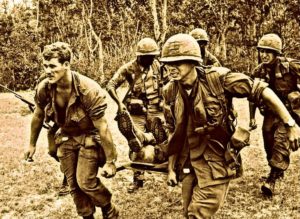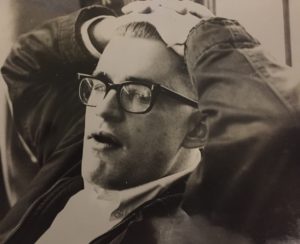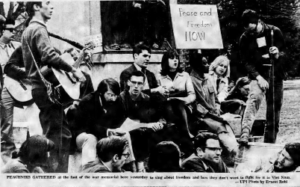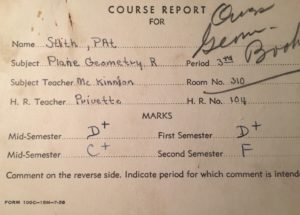NOTE: Yesterday was the second anniversary of The Final Edition. I’ve posted 208 stories, two stories a week for two years. It’s been fun and the party is not over. I have enough stories to post for another year or so.
The 10 most read posts, so far, include four newspaper stories; two hiking stories; two stories about my father; one about a river trip and one about Snowbird. Here they are : 1. Here, Take My Blackjack, 2. PIZZA, PIZZA, PIZZA! Paddling the Roanoke; 3. Hiding in a Privy [Video], 4. This Was Not A Real Job, 5. Those Mean Old Newspapermen, 6. It’s A Good Life, 7. Squelched, 8. “Oh, Copyboy?” 9. The Good Fairy, Part I and 10. The Nankoweap: Don’t Look Down, Part 3
OK, here goes, first day of Year Three:
* * *

In 1965-66, when the United States was ramping up the fight in Vietnam and an anti-war movement was gathering steam here at home, I worked at The Daily Tar Heel, the student newspaper at the University of North Carolina.
I was the DTH sports editor the first semester of my senior year and managing editor the second semester, after the editor, Ernie McCrary, asked me to restore order on the news side. I fired a few left wing reporters, hired some reporters I liked better, and we went on down the road.
I thought the paper had given way too much space to hippies, what they were doing, saying, the whole 40 yards. So I issued an edict of sorts: no more stories about hippies. Unless one of them killed somebody, of course.

So there we were one Saturday afternoon. The veterans –that’s anyone who had worked a summer or two for their hometown newspaper– were playing hearts while the rookies struggled to put out the paper by themselves.
It was pretty late in the day when the boy I had put in charge came to me with a problem — he had a hole on page one the size of a Mack truck and no obvious way to fill it. Since we did not publish papers with big white holes on page one, or any other page for that matter, something had to be done.
I heard the solution, then I saw it.
On the lawn in front of our newspaper office a jug band was doing its thing, playing and singing anti-war songs. A small crowd had gathered. It was news.
So I ordered up a photo and we ran it on page one, five columns wide and five or six inches deep. It was enormous. I didn’t like having to do that but, at that time of day, with deadline looming, I didn’t figure I had a choice.

I wrote the cutline. [Oh, don’t tell me, I know. This was not one of my better days.] The cutline said, “PEACENIKS GATHERED at the foot of the war memorial here yesterday to sing about freedom and how they didn’t want to fight for it in Viet Nam.”
[Was I for the war in Vietnam at that time? How did you guess? I bought the government line: “Stop ’em over there or fight ’em over here.” Years later, in 1988, I read “A Bright Shining Lie,” a Pulitzer prize winning book by Neil Sheehan. It made a Vietnam peacenik of me, about 20 years or so too late.]
Postscript: The next day the jug band members, and their friends, and their friends’ friends, lined up outside The Daily Tar Heel office, waiting their turn to give me hell.
Coming Friday: Take That, You Bean!
